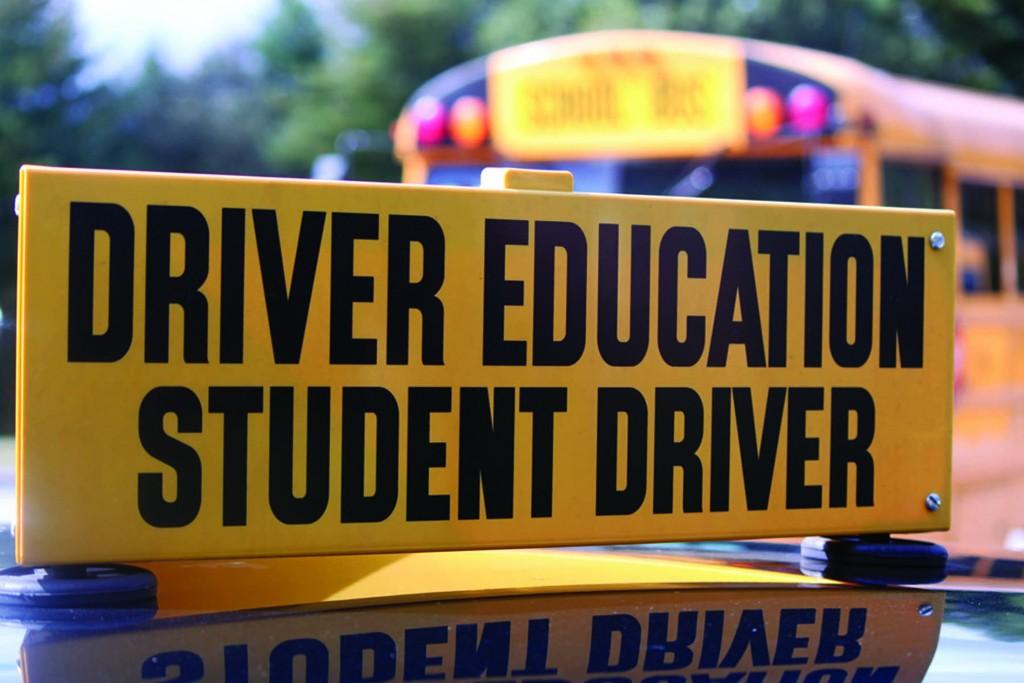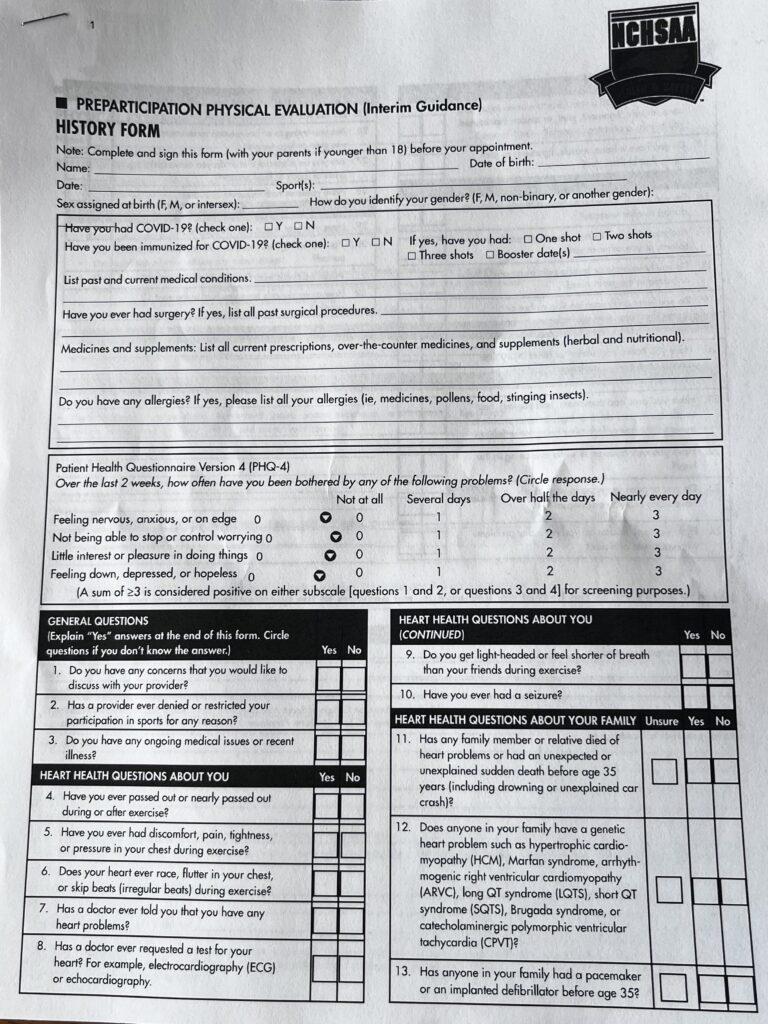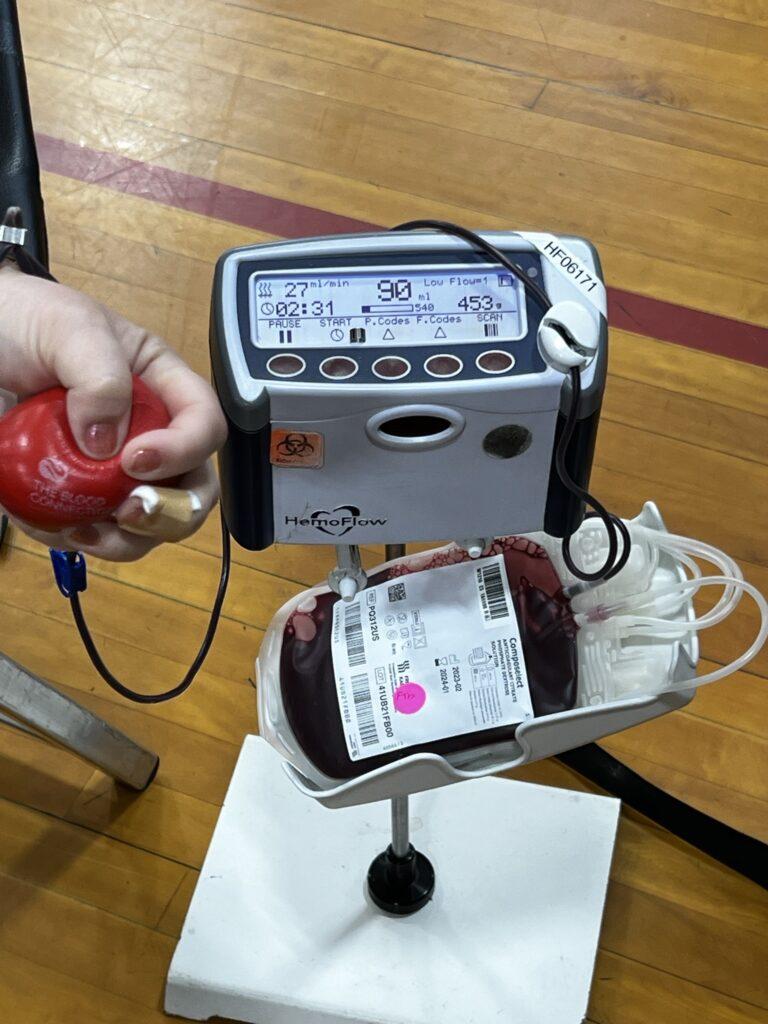For more than five decades, North Carolina’s public high school students have taken driver education primarily funded by the taxpayers. This could change on July 1, 2015.
From 1957 until 2011 driver education was offered at no cost to students. In 2011, a change in the law allowed school systems to charge students up to $45. In 2014, the law was changed again so that students could be charged up to $65. In July the North Carolina General Assembly voted to make funding driver education a local school system responsibility, cutting approximately $26 million from the state budget.
While many states fund their programs through revenue sources, North Carolina had been alone in financing the Driver Education Program through the Highway Fund. Kent Teeter, a driving instructor for Mountain Professionals Inc., is concerned for the future of driver education for high school students.
“I do not think there is going to be local money to provide driver education,” Teeter said. “The program could basically be shut down on June 30 unless legislators change their mind.”
Since 1992, Mountain Professionals has contracted with N.C. public schools to teach high school students driver education. Today Mountain Professionals contracts with eight school systems, including Henderson County. Before the cut in funding, Mountain Professionals received approximately $192 per student to pay for their cars and train their teachers. They charged students $40 to take their class. Without state funding, the company would have to charge approximately $350 per student in order to offer the same quality course, according to the Mountain Professionals website. West Principal Dean Jones said that $35 of the $40 fee that West students currently pay goes to the central office to reimburse Mountain Professionals. The remaining $5 stays at the school for supplies, facility use and copies.
Currently, there are two ways a person can obtain a driver’s license in North Carolina. High school students have the option of waiting until they turn 18 to take a driving test.
If they wish to get their license sooner, students must complete 30 hours of classroom training and six hours of driving with an instructor before they can receive their learner’s permit. Then with the permit, students must drive and log 60 hours with a parent or guardian before they can take their driver’s test and get their license.
According to Teeter, if the driver education fee increases, far fewer students will take the class. Instead, they would either wait until they were 18 to get their license or drive illegally without a license. To him, this would mean losing important safety information that is taught.
“It will be a safety hazard,” Teeter said. “It’s a proven fact that the graduated driver’s licenses work to prevent accidents and fatalities.”
The Driver Education Program has proved to be beneficial for student drivers in North Carolina. According to the North Carolina Driver Education Strategic Plan, motor vehicle crashes account for more than one third of all deaths of people ages 15 to 20.
Statistics from the N.C. Department of Transportation state that since the launch of the graduated license program in 1997, fatalities have decreased by 33 percent per 100 miles driven.
“Young drivers are inexperienced,” Jones said. “The six hours of driving with a certified instructor is important. In the classroom, students begin to learn the rules of the road, state laws and what the road signs mean. It’s certainly important. I think it would be detrimental to public safety if we didn’t teach driver ed to our young drivers.”
Since 1957 public schools have been required by state law to offer driver education classes to students who are at least 14 and a half years old. In the beginning, the funding was the responsibility of the State Board of Education paid for by vehicle registration fees, funding went to the Highway Fund in 1983 and was then shifted to the General Fund in 1985.
In 1991 funding responsibilities moved back to the Highway Fund where it will stay until July 1, 2015 when the responsibility will be moved to local school systems.
Currently, state law mandates that students cannot be charged more than $65 for the course, a fact that means school systems would be forced to consider alternative sources for the funds. This could mean cutting other school system priorities that are already strained.
Before school systems can charge more than $65, lawmakers would have to change the law.
“It’s going to be left to the Henderson County Board of Public Education to decide how driver education will be funded unless the General Assembly reconsiders their decision,” Teeter said.
By Katie Farina













